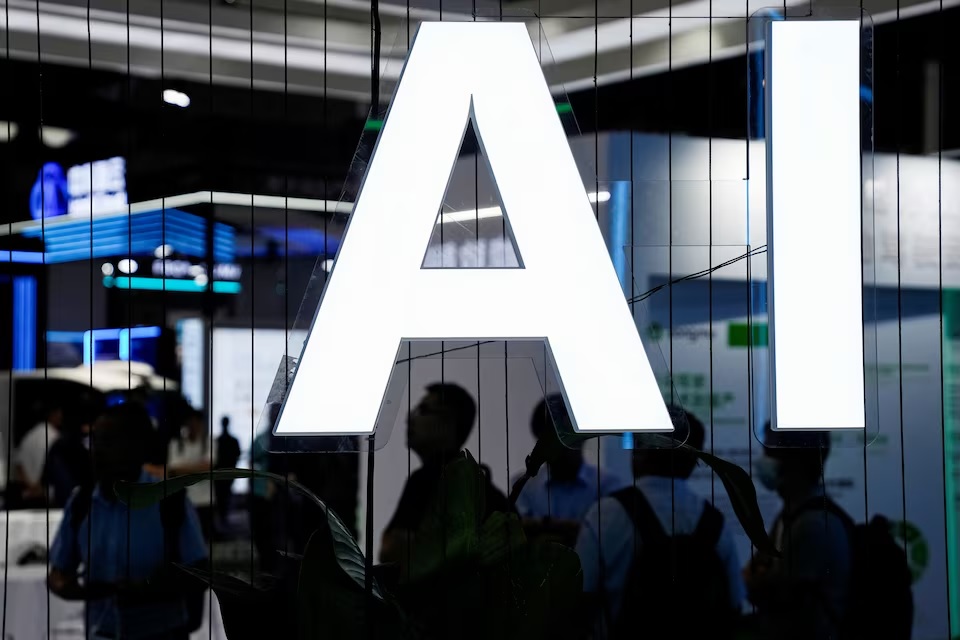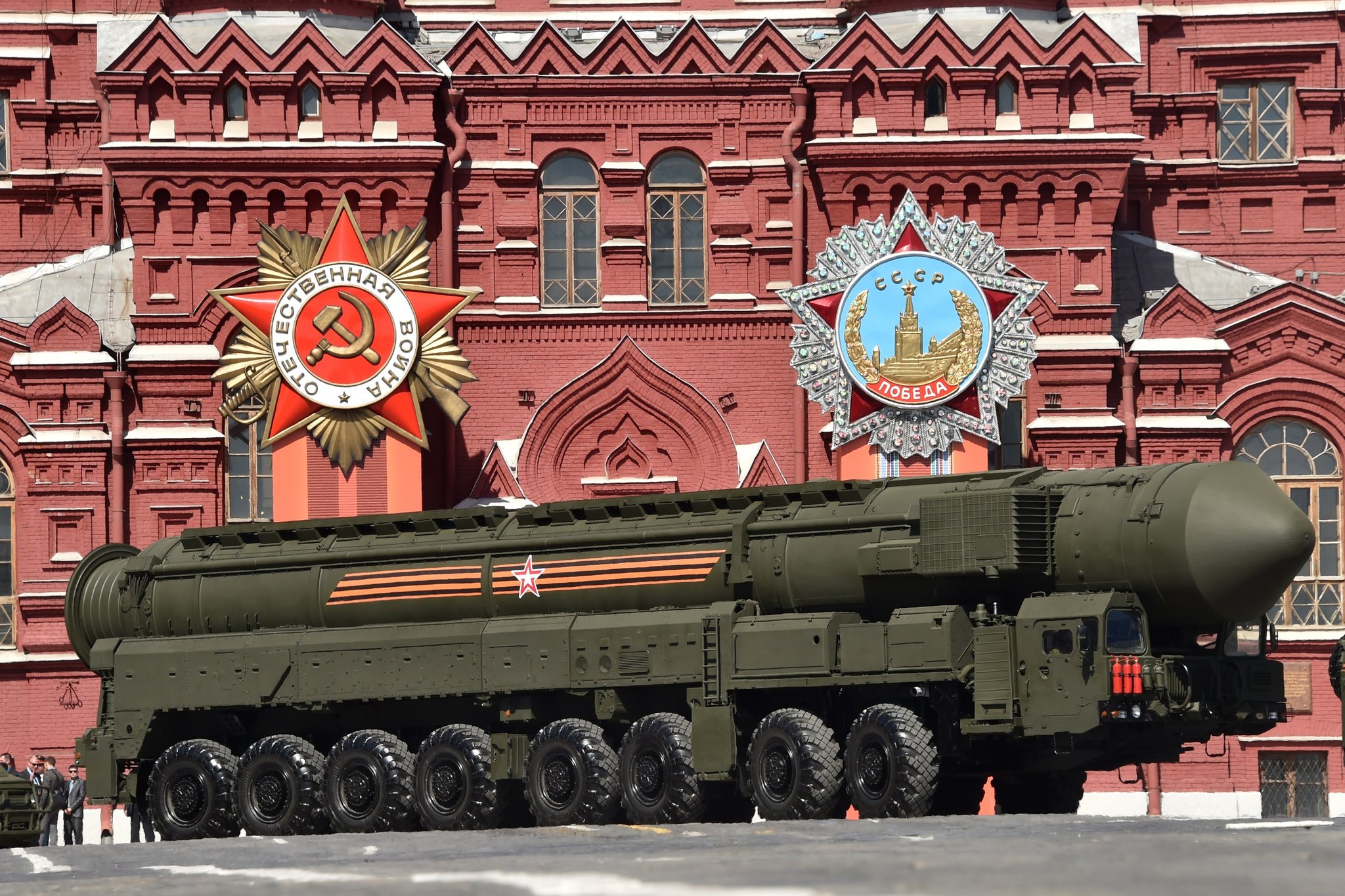TRUMP SAYS 100% CHINA TARIFF ‘NOT SUSTAINABLE,’ SIGNALS SHIFT IN HARDLINE STANCE

What the remark reveals about leverage and limits
President Donald Trump said a threatened 100% tariff on Chinese goods is “not sustainable,” a rare acknowledgment of the policy’s economic trade-offs even as he blamed Beijing for the latest breakdown in talks. The comment, made Friday and reported Saturday, reframes months of brinkmanship that rattled markets and alarmed import-heavy sectors. A tariff of that magnitude would ricochet through consumer prices, corporate margins and supply chains still recalibrating after pandemic shocks and export curbs on critical minerals. Traders heard an opening: if the headline number is a negotiating marker rather than a red line, there’s room for staged rates and sector carve-outs. Business lobbies are already mapping fallback plans built around phased duties, quota-managed exemptions, and time-limited relief for small firms. For Beijing, the admission confirms Washington’s constraints—and invites counteroffers that tie tariff relief to rare-earth access and tech licensing.
What to watch next in the U.S.–China trade chessboard
The next test is whether both sides move from maximalist rhetoric to tacit sequencing: incremental steps on export controls, guardrails for outbound investment reviews, and a narrow expansion of high-level military hotlines to reduce miscalculation risk. U.S. automakers and retailers will press to shield categories with thin margins; semiconductor and EV firms could argue for predictability over punitive rates that spur parallel ecosystems in third countries. Politically, the White House must placate a domestic coalition spanning labor and national-security hawks while avoiding a price shock that fuels inflation headlines. In China, policymakers weigh how far to loosen bottlenecks without appearing to bow. Three signals would mark real de-escalation: a joint schedule to revisit rates quarterly; a pilot fast-track for medical, agriculture and safety-critical imports; and a rules-of-the-road note on AI hardware exports. Until then, companies should keep dual-sourcing plans ready—and assume that threats remain part of the theater even when both sides say they want a deal.






















